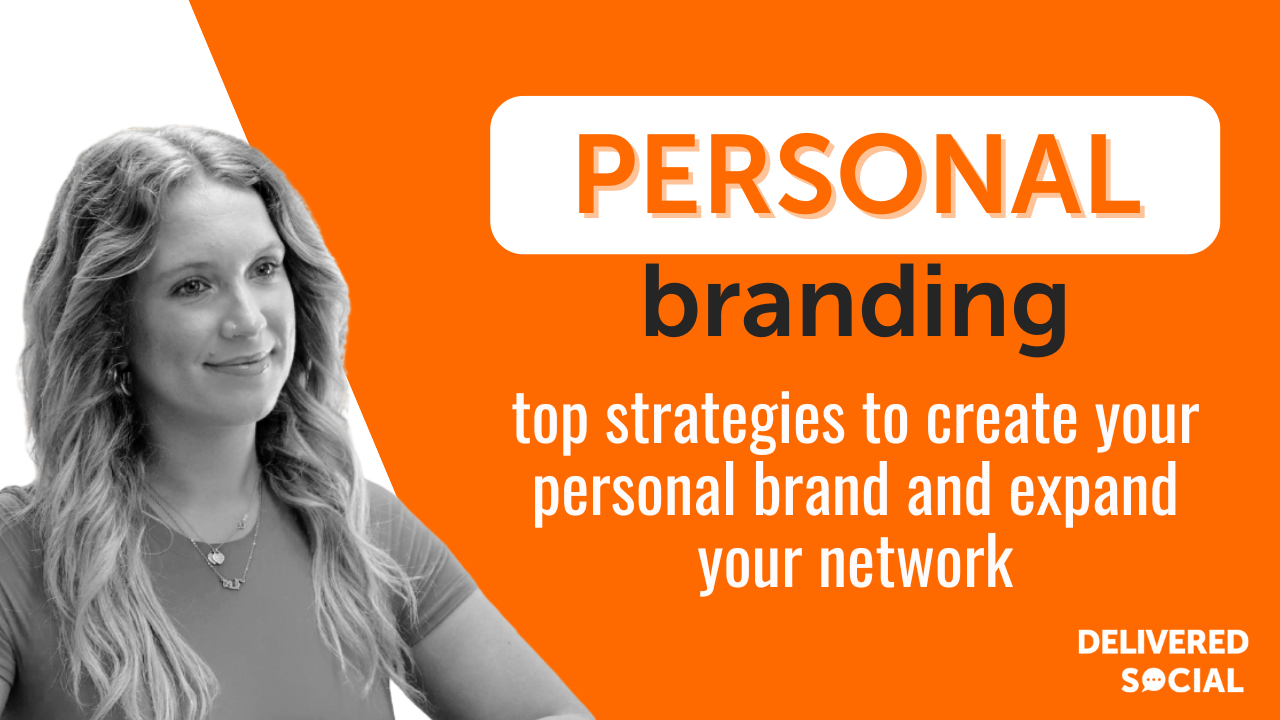
Building a strong presence online starts with clear goals and consistent action. Whether you’re a freelancer, entrepreneur, or professional looking to grow your reach, learning how to create personal brand online is key. Your digital footprint reflects your skills, values, and voice—so it’s important to shape it with purpose. From choosing the right platforms to sharing useful content regularly, each step helps you connect with the right audience. This article outlines practical strategies that help you stand out without overselling yourself. Use these tips to build trust, show your expertise, and grow your visibility in a way that feels natural.
Define Your Unique Value Proposition
Start by listing your skills. Think about what you do well. This could be something you’ve learned through school, training, or experience. Next, write down your interests. These should be areas where you enjoy spending time and energy. Finally, consider your values—what matters to you most when working with others or building something.
Once these three things—skills, interests, and values—are clear, look for the point where they meet. That is where your unique value often lives. For example, if you’re skilled in writing, care about education, and enjoy helping others learn new things, then teaching through written content might be the right focus for you.
Now take that focus and build a short message around it. This message should explain who you help and how you help them using your specific strengths. Make it easy to understand at a glance. Avoid long sentences or abstract words.
Your message must also speak to the people you’re trying to reach online. If you’re talking to small business owners who need marketing advice, use terms familiar to them—not general statements or industry jargon they may not know.
Test different versions of this message on platforms like LinkedIn or Instagram bios to see which one gets more attention or responses from others in your field.
To create personal brand online, this step cannot be skipped. Without a clear value proposition, people won’t know why they should follow you or trust what you share.
Keep refining this statement as your expertise grows over time or as your audience shifts focus. A strong value proposition supports every post you publish and every conversation you start across digital channels.

Creating Personal Brand Online Through Consistent Content
Posting regularly helps build trust. When people see your updates often, they start to remember you. This is the first step to create personal brand online that others recognise.
Start by choosing platforms where your audience spends time. For some, it could be LinkedIn or YouTube. Others might focus on Instagram or personal blogs. Pick one or two channels and stay active there. Don’t try to appear everywhere at once.
Next, decide what kind of material fits your skills and knowledge area. Focus on sharing useful information related to your field. If you’re in marketing, give tips about campaigns or tools. If you’re a developer, talk about coding techniques or project workflows.
Keep the same tone in all posts—whether it’s a short tweet or a long video script. Use similar phrases and sentence structures so people know it’s from you even before reading your name.
Visuals matter too. Use the same logo, colors, and fonts across all content pieces when possible. A steady visual look makes every post easier to connect back to you.
Timing also plays a part in consistency. Whether it’s twice a week or daily updates, pick a rhythm and stick with it over time.
If you’re writing blog articles one week and uploading videos another week without any pattern, people won’t know what to expect from you next time they check in.
When done right, this approach builds recognition inside your specific topic area without needing paid ads or extra promotion methods.
People will begin linking certain ideas with your name just because they’ve seen those ideas enough times through consistent output that stays clear and focused on one subject path each time it appears online.
Optimise Your Social Media Profiles
Start by making sure each of your social accounts shows a clear and focused message. Use the same name, photo, and handle across all platforms so people can find you easily. A consistent look helps others recognise who you are, no matter where they see your profile.
Write a short bio that tells visitors what you do. Keep it simple but include important facts like your job title or main skills. Add a link to your personal site or portfolio if you have one. This gives people a direct way to learn more about your services or past projects.
Use photos that match the tone of your brand. A clean headshot works best for most platforms like LinkedIn and Twitter. For sites like Instagram, consider using images that show what kind of content you share or topics you cover.
Add keywords related to your field in each profile description. These words help others find you when they search for those terms online. For example, if you’re a freelance writer, include phrases like “content writing” or “blog specialist.” This small step can make it easier to appear in search results on both social media and search engines.
Keep links updated across all platforms. If you’ve changed websites or added new content to feature, update those links right away. Broken links make it harder for people to reach out or view your latest material.
To create personal brand online, every detail matters—from the words in your bio to the image on your profile page. Each element should support how you want others to see you professionally.
Review profiles often to ensure they still match what you’re doing now. As roles change or goals shift, update descriptions and visuals so everything stays current and useful for anyone who visits your page from any platform at any time.
Build a Professional Website or Portfolio
A personal website works as the main place where people learn about you. It helps you control what others see when they search your name online. To create personal brand online, setting up your own site gives you full control over your message and content.
Start with a clear homepage that explains who you are and what you do. Use your name for the domain if it’s available. If not, choose something close to it. A short bio should appear on the front page or in an easy-to-find section. This bio can include your background, current role, and focus areas.
Add a section for testimonials from people you’ve worked with or helped. These comments show trust and support from real individuals. Keep each quote short and direct, using names when possible to add weight.
Include case studies that explain how you’ve solved problems before. Each case study should describe the challenge, steps taken, and results achieved. Use numbers if available—such as time saved or growth reached—to make points stronger.
A blog can also help build trust while showing knowledge in your field. Write short posts that answer common questions or share updates related to your area of focus. Posting regularly improves visibility on search engines too.
Make sure all parts of the website load fast and look good on phones as well as computers. Add links to other places where people can find you—like LinkedIn, YouTube, or social media platforms relevant to your goals.
Update the site often so it stays useful over time. Keep information accurate by reviewing it every few months and making changes when needed.
By building a strong online hub with these key sections—bio, testimonials, case studies, blog—you give others many ways to understand what you do and why they should follow your journey or reach out for help.

Engage With Your Community
Responding to comments is one of the simplest ways to stay connected with your audience. When someone takes time to leave a message, answer it. This shows you care about feedback and helps build stronger relationships. Whether it’s on social media, a blog post, or a video platform, take a moment to reply. It keeps conversations going and encourages more people to interact.
Joining online groups or forums related to your area of interest can also help you grow. These spaces bring together people who share similar goals or challenges. When you participate in discussions, ask questions, and offer support, others start recognising your presence. Over time, this builds familiarity and trust. Make sure you’re consistent but avoid spamming links or promoting yourself without context. Focus on giving real input that adds value.
Collaborating with influencers in your field can expand your reach fast. Look for individuals who share your focus and have an active audience. Reach out with clear ideas for working together—this could be through guest posts, live sessions, interviews, or co-hosted events. A well-planned partnership introduces you to their followers while offering something useful in return.
These actions help you create personal brand online by showing that you’re involved and available. People notice when someone is present often and contributes regularly without pushing sales too hard.
Real engagement comes from being part of conversations where they already happen—not just starting new ones alone. Responding directly and joining existing communities strengthens how others see your name over time.
Keep showing up where it matters most: among the people already interested in what you do or say.
Monitor Analytics and Adjust Strategy
Tracking performance is necessary when trying to create personal brand online. Using tools like Google Analytics helps you see what content brings traffic. It shows where users come from, how long they stay, and which pages get the most attention. This data lets you understand what actions bring results.
Social platforms also offer useful insight tools. Instagram, LinkedIn, Facebook, and others provide reports on post reach, engagement rates, and follower growth. These numbers show what types of posts people respond to most. If videos get more views than images or if certain topics lead to more comments, that’s something worth noting.
Regular review of this information helps shape your next steps. If a blog post drives visitors but few stay long, maybe the topic works but the format does not. If one platform brings more clicks than another, it may be time to focus efforts there or adjust messaging elsewhere.
Set a schedule for reviewing performance—weekly or monthly works well for most people starting out. Check trends instead of just looking at daily shifts. This avoids reacting too fast or making changes without enough evidence.
Once patterns appear in your data, make updates based on them. You might change posting times if engagement drops during certain hours. You could test new formats like short videos if written posts slow down in reach.
Every update should have a clear goal tied to past results—more visits from search engines, longer session times on your website, higher comment counts under posts.
Doing this often builds smarter habits over time and keeps progress moving forward without wasteful effort or guesswork.
Building a Lasting Digital Presence Starts with Strategic Action
To create personal brand online effectively, it’s essential to start with a clear understanding of your unique value and consistently communicate it through targeted content. By optimising your social media profiles, developing a professional website, and actively engaging with your audience, you lay the foundation for meaningful digital growth. Monitoring performance metrics ensures that your strategy evolves with your goals and audience behaviour. When executed with intention and consistency, these strategies not only expand your digital footprint but also position you as a credible authority in your niche—driving long-term visibility and impact in the digital space.
Interested In Working Together?
Introducing Delivered Social. We’re The Most-Rated Digital Agency In Surrey & Hampshire – We’ve Got To Be Doing Something Right.
Delivered Social is a digital marketing agency with one mission—to help businesses grow. We’re famous in Guildford and Portsmouth for our social clinics. We believe in free advice. We build lasting relationships because our team prides itself on being helpful, which our clients appreciate.
If you are looking for a new website or an agency to manage your social media presence, we can help.
If you need something slightly different, here's a super handy list of all our services, or you can always email us.



















